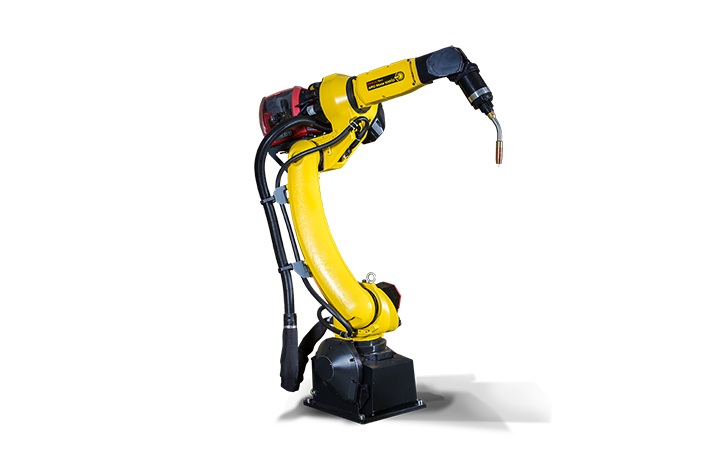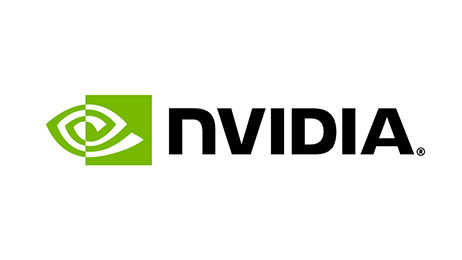
Fusion 360 and RhinoCAM are two leading software solutions in the CAD/CAM industry, offering powerful tools for designers, engineers, and manufacturing professionals. While both excel in their respective areas, they cater to different needs and workflows. This article explores the key differences between Fusion 360 and RhinoCAM, helping you determine which software best suits your projects.
Advantages of Fusion 360
1. Cloud-Based Platform
Fusion 360’s cloud-based architecture allows users to access projects from anywhere with an internet connection. Automatic updates ensure you always have the latest features without the need for manual installations.
2. Integrated CAD and CAM Solutions
Fusion 360 seamlessly integrates CAD and CAM functionalities within a single platform. It supports 2.5-axis, 3-axis, and 5-axis CNC machining, making it easier to handle complex geometries. This integration streamlines the entire workflow, from design to manufacturing.
3. Cost-Effective Subscription Model
Designed with small and medium-sized businesses in mind, Fusion 360 offers an affordable subscription-based pricing model. Its flexible licensing options provide access to robust features without significant upfront costs.
4. Comprehensive Simulation Tools
Fusion 360 includes a wide array of simulation tools that help engineers test the manufacturability and durability of their designs. This reduces the risk of errors, saving time and resources during the production phase.

Advantages of RhinoCAM
1. Seamless Integration with Rhino
RhinoCAM operates within the Rhino CAD platform, providing a seamless experience for users who specialize in 3D modeling and surface processing. This tight integration enables users to manage the entire machining process within a single environment.
2. Advanced CAM Features
RhinoCAM offers advanced CAM capabilities, supporting 2.5-axis, 3-axis, 4-axis, and 5-axis machining strategies. It is optimized for complex part manufacturing, offering flexible toolpath creation for intricate designs.
3. Customizable Workflow
Users can tailor RhinoCAM’s machining processes to meet specific needs, making it ideal for unique or highly customized CNC requirements. This customization ensures precise control over toolpath generation and machining strategies.
4. High-Performance Surface Machining
RhinoCAM excels in surface machining, making it a top choice for projects requiring detailed and accurate surface models. The integration between surface modeling and machining provides users with high precision and exceptional results.
Drawbacks of Each Software
- Fusion 360: Requires a constant internet connection due to its cloud-based nature. Advanced CAM features may require additional subscriptions or costs.
- RhinoCAM: Requires ownership of Rhino, increasing the overall cost. It has a steeper learning curve compared to Fusion 360.

Which Software Should You Choose?
Choose Fusion 360 if:
- You prefer a cloud-based platform that integrates CAD and CAM in a single solution.
- Cost-effectiveness and flexible licensing are important to you.
- You need comprehensive simulation tools to test designs before production.
Choose RhinoCAM if:
- You require advanced 3D modeling capabilities and precise surface machining.
- Customizing machining workflows for complex geometries is a priority.
- Seamless integration with Rhino’s powerful modeling tools is essential for your workflow.
Conclusion
Both Fusion 360 and RhinoCAM offer powerful features tailored to different needs. Fusion 360 provides a flexible, cloud-based CAD/CAM solution ideal for general use and integrated workflows. RhinoCAM excels in surface machining and customization, making it the better choice for complex geometries and specialized CNC tasks. Assess your project requirements and budget to select the software that aligns with your goals.
For more information on each software:






